Chinese cuisine is renowned for its wide variety of noodles, each with its unique texture, flavor, and presentation. Among the many types of Chinese noodles, the yellow noodles hold a special place due to their rich heritage, versatility, and widespread popularity. In this article, we will delve into the characteristics of Chinese yellow noodles, their cultural significance, and the various ways they are used in both traditional and modern culinary creations. Historical Background and Cultural Significance: Chinese yellow noodles have a rich history that dates back thousands of years.
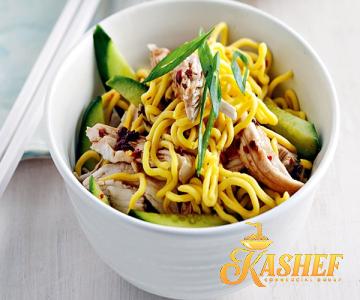
.
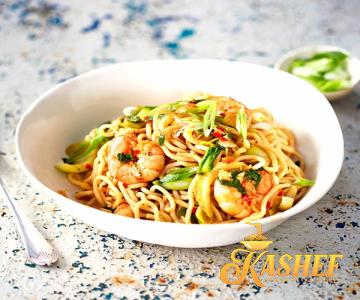 They trace their origins to the Han Dynasty in China, where wheat flour became a staple ingredient due to its ease of cultivation and abundant availability. Yellow noodles were initially hand-pulled or hand-cut, gaining popularity as a dietary staple due to their affordability and nourishing nature. Over time, yellow noodles became more than just a meal; they became a symbol of good fortune and long life. In many Chinese cultures, yellow is considered an auspicious color, and consuming yellow noodles is believed to bring good luck and prosperity. Thus, they have become an integral part of Chinese culture, prominently featured in festive celebrations and important rituals. Characteristics and Varieties: Chinese yellow noodles typically have a golden color and a slightly chewy texture.
They trace their origins to the Han Dynasty in China, where wheat flour became a staple ingredient due to its ease of cultivation and abundant availability. Yellow noodles were initially hand-pulled or hand-cut, gaining popularity as a dietary staple due to their affordability and nourishing nature. Over time, yellow noodles became more than just a meal; they became a symbol of good fortune and long life. In many Chinese cultures, yellow is considered an auspicious color, and consuming yellow noodles is believed to bring good luck and prosperity. Thus, they have become an integral part of Chinese culture, prominently featured in festive celebrations and important rituals. Characteristics and Varieties: Chinese yellow noodles typically have a golden color and a slightly chewy texture.
..
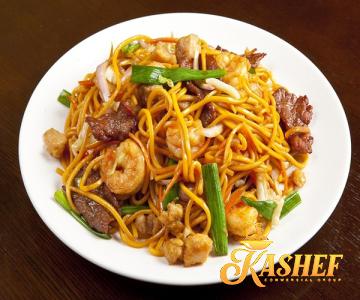 They are made from wheat flour, water, and sometimes, eggs. The versatility of yellow noodles lies in the numerous ways they can be prepared, resulting in different variations across China’s vast culinary landscape. Some popular types of Chinese yellow noodles include: 1. Egg Noodles: Known for their rich flavor and smooth texture, egg noodles incorporate eggs into the dough, resulting in a yellowish hue and a slightly softer bite. 2. Wonton Noodles: Often served in a shallow broth with wontons, wonton noodles are thin and springy, providing a delightful contrast in texture to the savory dumplings. 3. Hokkien Noodles: Originating from the Fujian province, Hokkien noodles are thick, chewy, and absorbent, making them ideal for stir-frying with an array of flavorful ingredients.
They are made from wheat flour, water, and sometimes, eggs. The versatility of yellow noodles lies in the numerous ways they can be prepared, resulting in different variations across China’s vast culinary landscape. Some popular types of Chinese yellow noodles include: 1. Egg Noodles: Known for their rich flavor and smooth texture, egg noodles incorporate eggs into the dough, resulting in a yellowish hue and a slightly softer bite. 2. Wonton Noodles: Often served in a shallow broth with wontons, wonton noodles are thin and springy, providing a delightful contrast in texture to the savory dumplings. 3. Hokkien Noodles: Originating from the Fujian province, Hokkien noodles are thick, chewy, and absorbent, making them ideal for stir-frying with an array of flavorful ingredients.
…
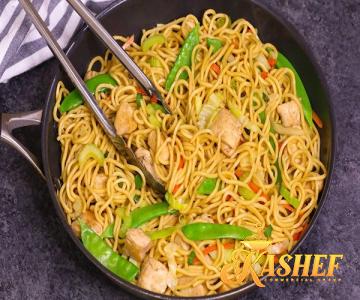 4. Lo Mein: Lo Mein noodles are soft and pliable, typically stir-fried with vegetables, meat, and an assortment of sauces to create a comforting and satisfying dish. Versatility in Culinary Creations: Chinese yellow noodles serve as a versatile base for an array of delectable dishes. Whether in soups, stir-fries, or even cold salads, yellow noodles provide a delightful palate to showcase other ingredients. Some popular dishes featuring yellow noodles include: 1. Dan Dan Noodles: A famous Sichuan specialty, these noodles are typically served with a spicy, numbing sauce made from peanut, sesame, and chili oil, topped with minced meat and scallions. 2. Char Kway Teow: A beloved dish in Malaysia and Singapore, Char Kway Teow combines stir-fried yellow noodles with shrimp, cockles, bean sprouts, and dark soy sauce for a flavorful delight. 3. Zhajiangmian: Originating from northern China, Zhajiangmian features yellow noodles topped with a savory mix of minced pork, fermented soybean paste, and a variety of shredded vegetables. Conclusion: Chinese yellow noodles have an illustrious history and continue to captivate food enthusiasts worldwide with their versatility and cultural significance. Whether relishing them in a humble street stall or in a fine dining establishment, these noodles offer a glimpse into China’s culinary heritage, while providing a satisfying and delicious eating experience. So, the next time you savor a plate of Chinese yellow noodles, take a moment to appreciate the centuries of tradition and innovation that have shaped this iconic dish.
4. Lo Mein: Lo Mein noodles are soft and pliable, typically stir-fried with vegetables, meat, and an assortment of sauces to create a comforting and satisfying dish. Versatility in Culinary Creations: Chinese yellow noodles serve as a versatile base for an array of delectable dishes. Whether in soups, stir-fries, or even cold salads, yellow noodles provide a delightful palate to showcase other ingredients. Some popular dishes featuring yellow noodles include: 1. Dan Dan Noodles: A famous Sichuan specialty, these noodles are typically served with a spicy, numbing sauce made from peanut, sesame, and chili oil, topped with minced meat and scallions. 2. Char Kway Teow: A beloved dish in Malaysia and Singapore, Char Kway Teow combines stir-fried yellow noodles with shrimp, cockles, bean sprouts, and dark soy sauce for a flavorful delight. 3. Zhajiangmian: Originating from northern China, Zhajiangmian features yellow noodles topped with a savory mix of minced pork, fermented soybean paste, and a variety of shredded vegetables. Conclusion: Chinese yellow noodles have an illustrious history and continue to captivate food enthusiasts worldwide with their versatility and cultural significance. Whether relishing them in a humble street stall or in a fine dining establishment, these noodles offer a glimpse into China’s culinary heritage, while providing a satisfying and delicious eating experience. So, the next time you savor a plate of Chinese yellow noodles, take a moment to appreciate the centuries of tradition and innovation that have shaped this iconic dish.
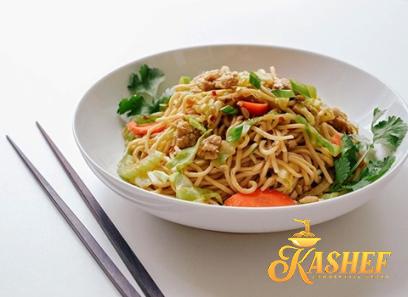
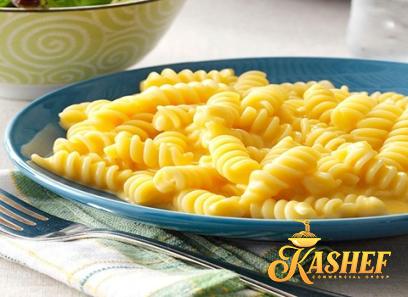

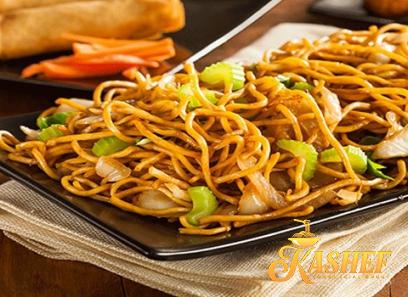
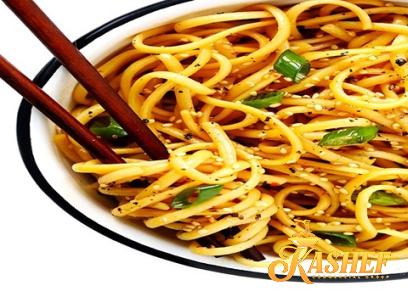
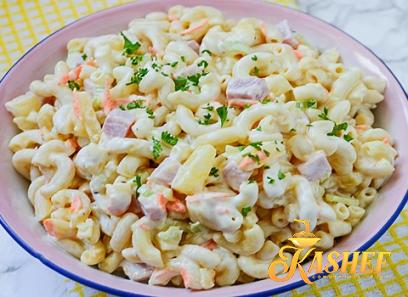


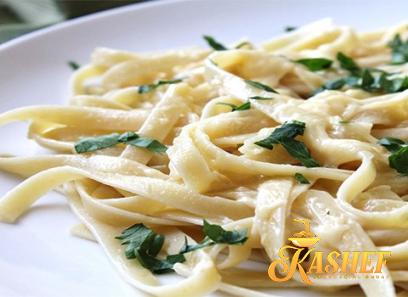
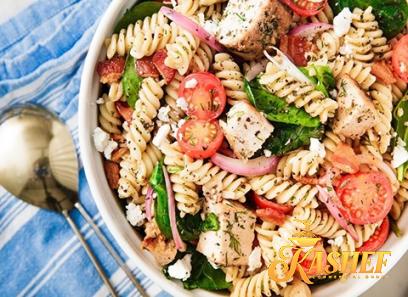
Your comment submitted.